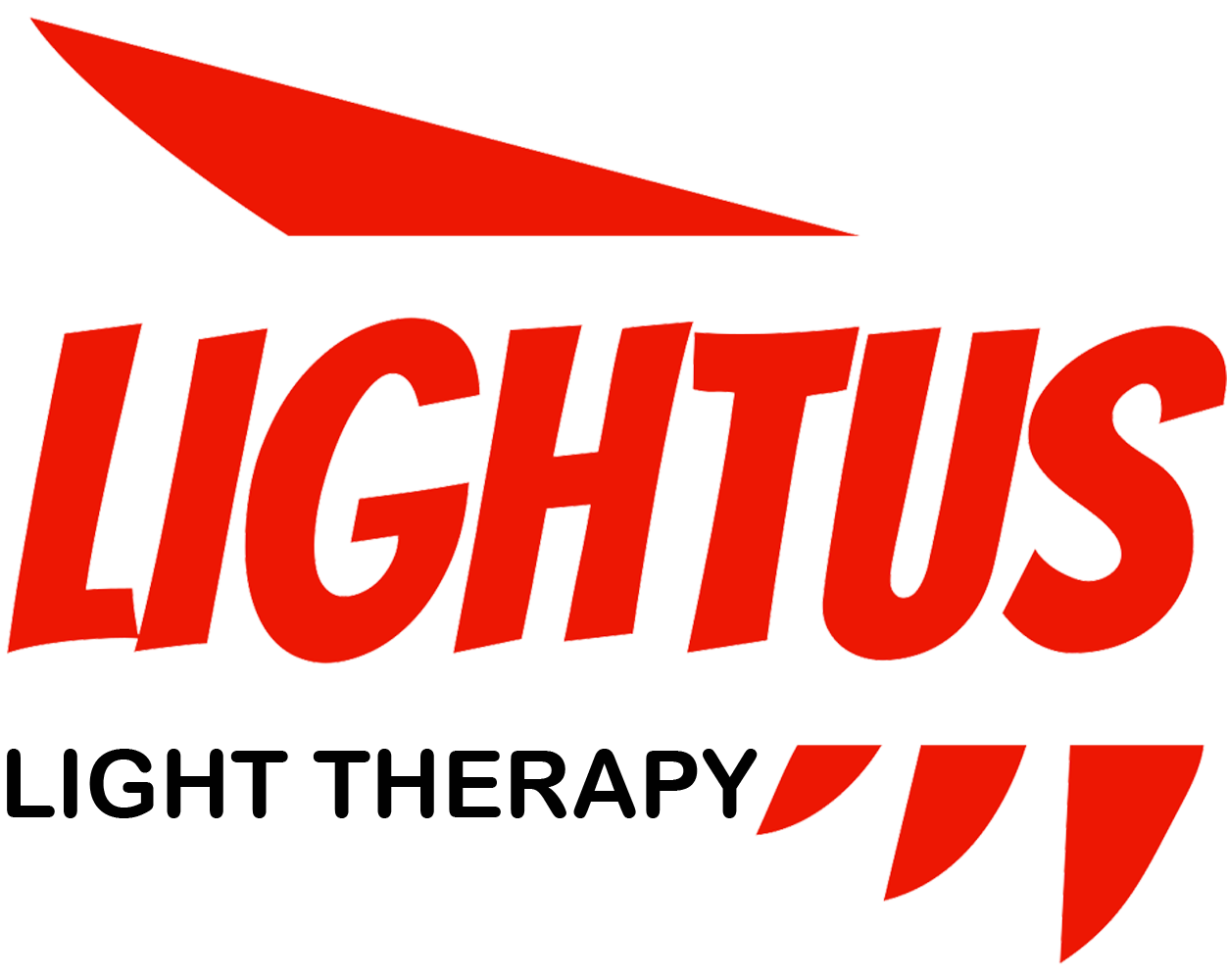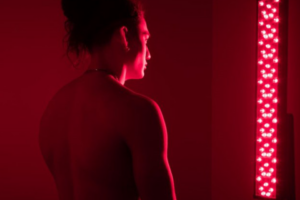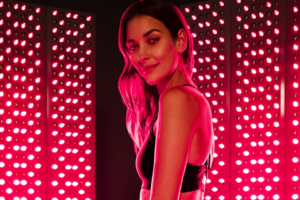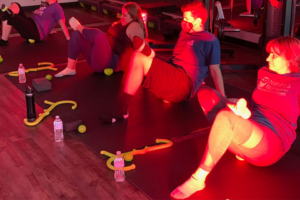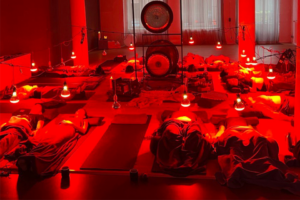Unlocking the Power of Red Light Therapy: Benefits, Science, and At-Home Solutions

Red light therapy has been making waves in the wellness and skincare industries, promising a range of benefits from improved skin health to pain relief. But what exactly is this innovative treatment, and does it live up to the hype? In this comprehensive guide, we’ll explore the science behind red light therapy, its potential benefits, and how you can harness its power in the comfort of your own home. Whether you’re a skincare enthusiast, an athlete looking for recovery solutions, or simply curious about cutting-edge wellness technologies, this article will shed light on everything you need to know about red light therapy.
Table of Contents
What is Red Light Therapy and How Does it Work?
Red light therapy, also known as low-level light therapy (LLLT) or photobiomodulation, is a treatment that uses specific wavelengths of red and near-infrared light to stimulate cellular processes in the body. But how exactly does this work?The science behind red light therapy is based on the principle that certain light wavelengths can penetrate the skin and be absorbed by cells, particularly by the mitochondria – the powerhouses of our cells. When exposed to red and near-infrared light, the mitochondria are stimulated to produce more energy in the form of ATP (adenosine triphosphate). This increased cellular energy can lead to various beneficial effects throughout the body.Red light therapy typically uses wavelengths between 630-660 nm (red light) and 810-850 nm (near-infrared light). These wavelengths are chosen because they can penetrate the skin to different depths, allowing for both surface-level and deeper tissue effects.
The Potential Benefits of Red Light Therapy: What Does the Science Say?
Red light therapy has been studied for a wide range of applications. Here are some of the potential benefits that research has uncovered:
- Skin Health and Rejuvenation
- Reduced wrinkles and fine lines
- Improved skin texture and tone
- Enhanced collagen production
- Pain Relief and Inflammation Reduction
- Alleviation of chronic pain conditions
- Faster recovery from injuries
- Hair Growth Stimulation
- Potential treatment for hair loss and thinning
- Improved Wound Healing
- Faster healing of cuts, burns, and surgical incisions
- Enhanced Athletic Performance and Recovery
- Reduced muscle soreness
- Improved muscle strength and endurance
- Mood and Sleep Improvements
- Potential benefits for seasonal affective disorder (SAD)
- Regulation of circadian rhythms
While these benefits are promising, it’s important to note that research is ongoing, and more studies are needed to fully understand the extent of red light therapy’s effects.
How Does Red Light Therapy Compare to Other Light Therapies?
Red light therapy is just one type of light therapy. Let’s compare it to some other popular forms:
| Light Therapy Type | Primary Wavelengths | Main Applications |
|---|---|---|
| Red Light Therapy | 630-660 nm, 810-850 nm | Skin rejuvenation, pain relief, hair growth |
| Blue Light Therapy | 415-495 nm | Acne treatment, mood regulation |
| Green Light Therapy | 495-570 nm | Pigmentation issues, calming effects |
| Yellow Light Therapy | 570-590 nm | Redness reduction, skin cell rejuvenation |
Each type of light therapy has its unique benefits and applications. Red light therapy stands out for its ability to penetrate deeper into the skin and tissues, making it versatile for both superficial and internal effects.
Can Red Light Therapy Really Improve Your Skin?
One of the most popular applications of red light therapy is for skin health and rejuvenation. But does it actually work? Studies have shown promising results in improving various skin concerns:
- Wrinkle Reduction: Red light therapy may stimulate collagen production, helping to reduce the appearance of fine lines and wrinkles.
- Acne Treatment: When combined with blue light, red light therapy can help combat acne by reducing inflammation and killing acne-causing bacteria.
- Scar Healing: The therapy may help improve the appearance of scars by promoting tissue repair and reducing inflammation.
- Sun Damage Repair: Red light therapy might help reverse some of the signs of sun damage by stimulating cellular repair mechanisms.
While these results are encouraging, it’s important to maintain realistic expectations. Red light therapy is not a miracle cure for all skin issues, but rather a complementary treatment that can enhance your overall skincare routine.
Is Red Light Therapy Safe? Understanding the Risks and Side Effects
One of the most appealing aspects of red light therapy is its generally high safety profile. Unlike UV light, which can cause skin damage and increase the risk of skin cancer, red and near-infrared light are considered safe when used correctly. However, as with any treatment, there are some potential risks and side effects to be aware of:
- Eye Strain: Looking directly at bright LED lights can cause temporary eye strain or discomfort. It’s recommended to wear protective goggles during treatment.
- Skin Sensitivity: Some people may experience temporary redness or warmth in the treated area, which typically subsides quickly.
- Headaches: In rare cases, people have reported headaches after treatment, particularly if the light is too intense or the session too long.
- Interference with Medications: Some medications can increase light sensitivity. Always consult with a healthcare professional if you’re taking any medications before starting red light therapy.
It’s crucial to follow the manufacturer’s instructions and recommended treatment times when using red light therapy devices. Overuse or improper use could potentially lead to adverse effects.
How Often Should You Use Red Light Therapy for Optimal Results?
The frequency of red light therapy sessions can vary depending on your specific goals and the device you’re using. However, here are some general guidelines:
- For skin concerns: 3-5 sessions per week, 10-20 minutes per session
- For pain relief: Daily sessions, 10-20 minutes per affected area
- For hair growth: 3-7 sessions per week, 10-20 minutes per session
Consistency is key with red light therapy. Results are typically seen after several weeks of regular use, and maintenance sessions may be necessary to sustain the benefits.

At-Home vs. Professional Red Light Therapy: Which is Right for You?
Red light therapy is available in both professional settings and as at-home devices. Let’s compare the two options:Professional Red Light Therapy
- Pros:
- Higher-powered devices
- Expert guidance
- Combined with other treatments
- Cons:
- More expensive
- Less convenient
- Limited session frequency
At-Home Red Light Therapy
- Pros:
- More convenient
- Cost-effective in the long run
- Allows for more frequent treatments
- Cons:
- Lower-powered devices
- Requires self-education and discipline
- Initial investment in equipment
For many people, at-home red light therapy devices offer a good balance of convenience and effectiveness. However, for specific medical concerns, professional treatments under the guidance of a healthcare provider may be more appropriate.
Choosing the Best Red Light Therapy Device for Your Needs
With the growing popularity of red light therapy, there’s now a wide range of devices available for at-home use. Here are some factors to consider when choosing a device:
- Treatment Area: Do you need a small device for targeted treatment or a larger panel for full-body therapy?
- Light Intensity: Look for devices with higher irradiance (mW/cm²) for more effective treatment.
- Wavelengths: Ensure the device offers both red (630-660 nm) and near-infrared (810-850 nm) wavelengths for comprehensive benefits.
- FDA Clearance: For peace of mind, choose devices that have been cleared by the FDA for safety.
- Ease of Use: Consider factors like portability, setup time, and user-friendliness.
- Brand Reputation: Research the manufacturer’s reputation and read user reviews.
Some popular types of at-home red light therapy devices include:
- Full-body panels
- Handheld devices
- Face masks
- Targeted wraps for specific body parts
Integrating Red Light Therapy into Your Wellness Routine
To get the most out of red light therapy, it’s best to incorporate it into a holistic wellness routine. Here are some tips:
- Consistency is Key: Set a regular schedule for your red light therapy sessions.
- Combine with Skincare: Use red light therapy in conjunction with your regular skincare routine for enhanced benefits.
- Stay Hydrated: Drink plenty of water before and after treatments to support your body’s cellular processes.
- Protect Your Eyes: Always use protective eyewear during treatments.
- Clean Skin: For best results, use red light therapy on clean, product-free skin.
- Track Your Progress: Keep a journal of your treatments and any changes you notice to help you assess the therapy’s effectiveness.
The Future of Red Light Therapy: Emerging Research and Applications
As research into red light therapy continues, new applications and refinements of the technology are emerging. Some exciting areas of study include:
- Cognitive Function: Preliminary research suggests potential benefits for brain health and cognitive performance.
- Weight Management: Some studies are exploring the use of red light therapy in conjunction with exercise for improved fat loss.
- Dental Health: Red light therapy is being investigated for its potential in promoting gum health and reducing tooth sensitivity.
- Combination Therapies: Researchers are looking at how red light therapy can be combined with other treatments for enhanced effects.
While these areas are still in the early stages of research, they highlight the potential for red light therapy to play an increasingly important role in various aspects of health and wellness.
Key Takeaways: Is Red Light Therapy Right for You?
To sum up, here are the most important points to remember about red light therapy:
- Red light therapy uses specific wavelengths of light to stimulate cellular processes in the body.
- Potential benefits include improved skin health, pain relief, and enhanced athletic recovery.
- It’s generally considered safe when used correctly, with minimal side effects.
- Consistency is crucial for seeing results, typically requiring several sessions per week.
- At-home devices offer convenience, while professional treatments may provide more powerful options.
- When choosing a device, consider factors like treatment area, light intensity, and FDA clearance.
- Integrate red light therapy into a holistic wellness routine for best results.
- Ongoing research continues to uncover new potential applications for this technology.
Ultimately, whether red light therapy is right for you depends on your individual health goals and concerns. As with any new treatment, it’s always a good idea to consult with a healthcare professional before starting red light therapy, especially if you have any pre-existing medical conditions.By understanding the science, benefits, and practical applications of red light therapy, you can make an informed decision about whether to incorporate this innovative treatment into your wellness routine. Whether you’re looking to improve your skin, manage pain, or enhance your overall well-being, red light therapy offers an exciting, non-invasive option worth exploring.
A typical red light therapy device for at-home use
